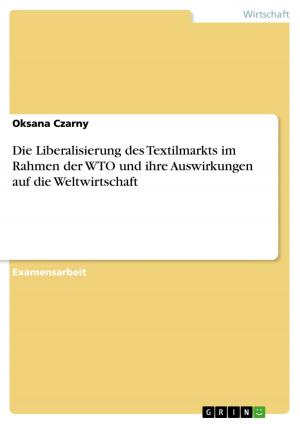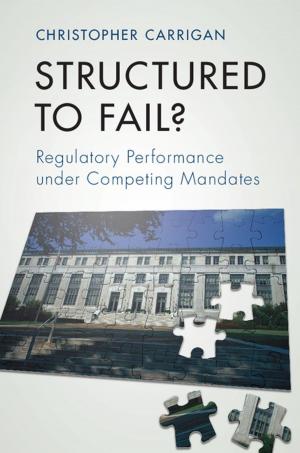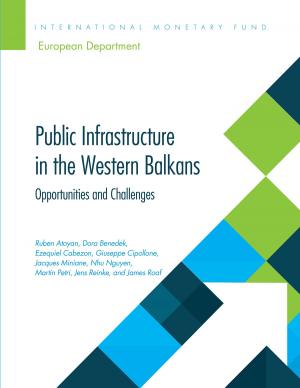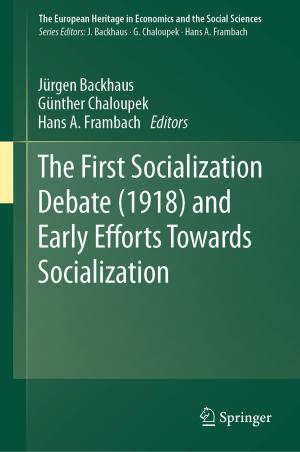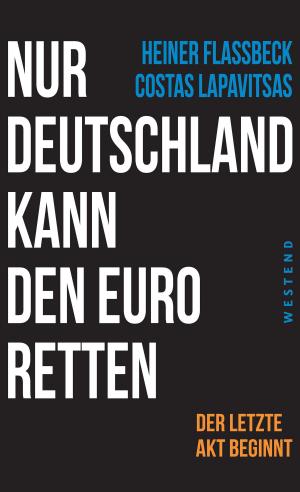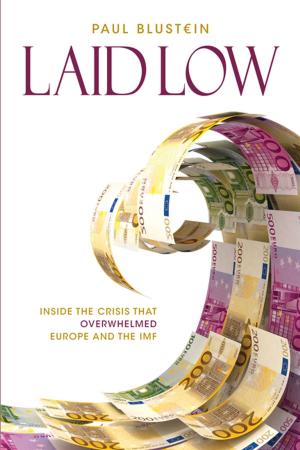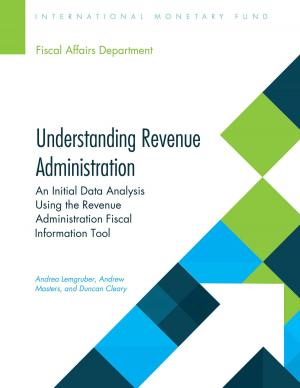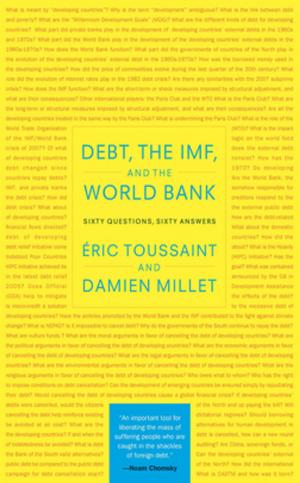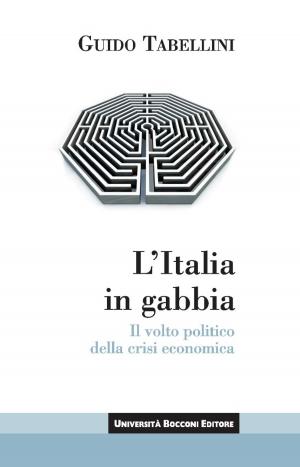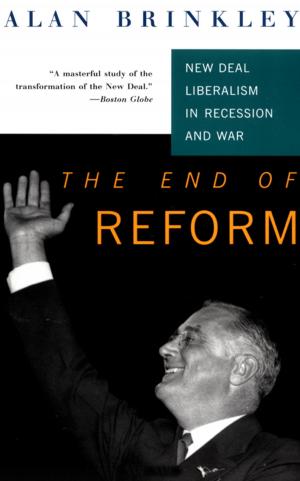The Cost of a College Touchdown: A Story of Trustee Miscalculation
Nonfiction, Social & Cultural Studies, Political Science, Politics, Economic Policy| Author: | William Devine | ISBN: | 9781310374210 |
| Publisher: | William Devine | Publication: | August 13, 2015 |
| Imprint: | Smashwords Edition | Language: | English |
| Author: | William Devine |
| ISBN: | 9781310374210 |
| Publisher: | William Devine |
| Publication: | August 13, 2015 |
| Imprint: | Smashwords Edition |
| Language: | English |
Musically speaking, July 2012 is a Gimme Shelter moment for the football team owned and operated by the Pennsylvania State University trustees. Early in the month, because of the University’s links to the Sandusky child sexual abuse cover-up, the officers who administer justice for the 1,066-school sporting association to which Penn State belongs seem poised to terminate the team for several seasons, aka to give it the death penalty.
The moment looms large for the University, too. The connection between the Penn State community, the Sandusky cover-up, and the football team presents the trustees with important questions about the University's purpose.
The response to those questions will speak volumes about the University's viability as an educational institution in the 21st century, when the nation’s fate will hinge in part on higher education cultivating graduates who can rejuvenate an economy of unprecedented weakness and inequality.
How do the trustees respond? The answer lies in the space between two truths.
First, the football team’s troubles are just the latest scene in a long-running pageant.
And second, the Penn State trustees, along with their peers at other institutions, are the ones who stage the pageant.
Musically speaking, July 2012 is a Gimme Shelter moment for the football team owned and operated by the Pennsylvania State University trustees. Early in the month, because of the University’s links to the Sandusky child sexual abuse cover-up, the officers who administer justice for the 1,066-school sporting association to which Penn State belongs seem poised to terminate the team for several seasons, aka to give it the death penalty.
The moment looms large for the University, too. The connection between the Penn State community, the Sandusky cover-up, and the football team presents the trustees with important questions about the University's purpose.
The response to those questions will speak volumes about the University's viability as an educational institution in the 21st century, when the nation’s fate will hinge in part on higher education cultivating graduates who can rejuvenate an economy of unprecedented weakness and inequality.
How do the trustees respond? The answer lies in the space between two truths.
First, the football team’s troubles are just the latest scene in a long-running pageant.
And second, the Penn State trustees, along with their peers at other institutions, are the ones who stage the pageant.


